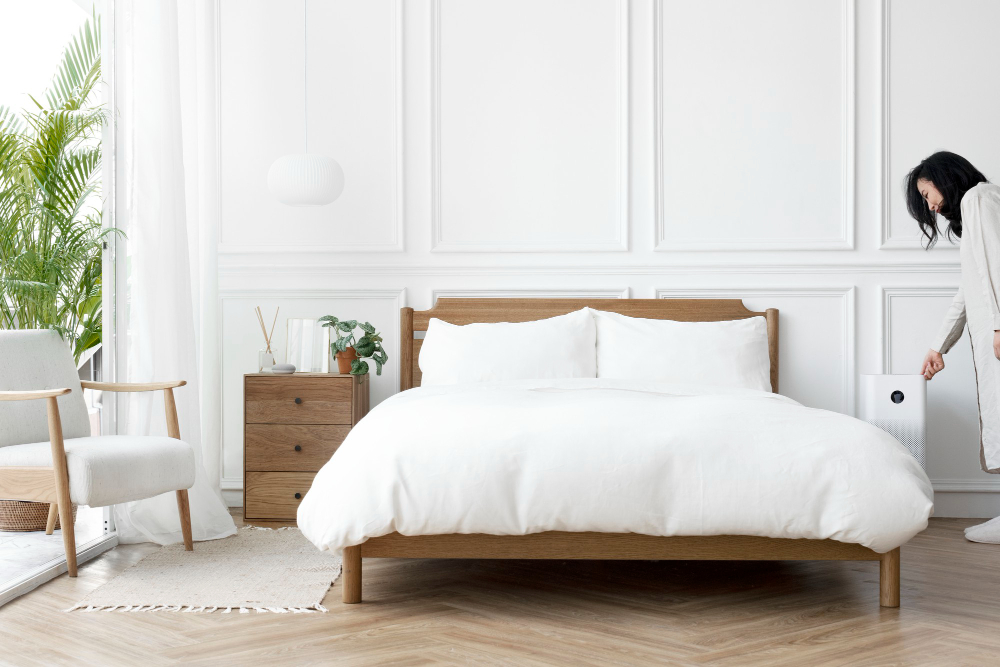1) They’re Heavier and Harder to Move
Wooden bed frames are built to last, but that durability comes with weight. Unlike upholstered or metal frames, which can be easier to lift and reposition, solid wood beds can be a challenge to move. If you like rearranging your bedroom or need to shift your bed for cleaning, you might find yourself struggling to budge it without an extra pair of hands.
Moving house? That’s when the weight really becomes noticeable. Dismantling and reassembling a wooden bed frame isn’t always as simple as clicking a few parts together. Some designs require tools, time, and patience to take apart and put back together properly. If you’re someone who moves frequently, a wooden bed might not be the most practical choice.
That said, once it’s in place, it’s not going anywhere. A wooden frame stays solid and stable, with no squeaking or shifting over time. So, if you’re not planning on moving it often, the weight can actually be a benefit rather than a downside.
2) They’re Often Much More Expensive
As Wooden Bed Frames are made from Wood, instead of upholstery, they come with a higher price tag. The type of wood plays a big role in pricing, with Oak and Walnut sitting at the premium end, while Pine and engineered wood options offer a more affordable alternative. However, their durability means they’re often a long-term investment that pays off over time.
3) Prone to Scratches and Wear Over Time
Wooden bed frames are strong and built to last, but they aren’t completely immune to everyday wear and tear. Over time, small scratches, dents, and scuffs can start to appear, especially if the frame is regularly knocked or bumped. This is more noticeable on lighter wood finishes, where even minor marks can stand out. If you have pets or move furniture around often, you might find that your wooden bed frame starts to show signs of wear sooner than you’d like.
 Free Fabric Swatches
Free Fabric Swatches





